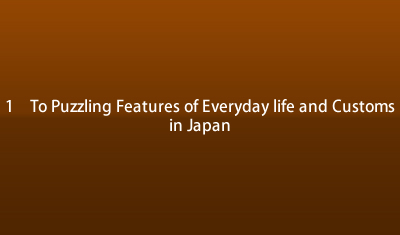 |
Q Why are the hands clapped when praying at shrines (Shintoism) and placed together when praying at temples (Buddhism)?
A The reading of the kanji to clap one's hands is hakushu. This kanji can also be read as kashiwade meaning to clap one's hands in prayer at a Shinto shrine.
It is said that in ancient times, people clapped their hands at ceremonies held at the Imperial Court or when receiving a gift from a person in a high position. The number of claps, whether it is two or four, depends on the object of worship and the religious sect.
The hands are clapped four times at Izumo Shrine and at Usa Shrine, while there are occasions when the hands are clapped eight times, referred to as yahirade, at Ise Shrine.
Generally, the hands are usually clapped twice when visiting a shrine. The hands are not clapped at temples because of gasshou (putting the palms together), a Buddhist term denoting one of the Buddhist decorums.
Gasshou refers to a gesture of placing the fingers and the palms of both hands together in front of one's face or chest to pray for Buddha and people who are deceased.
In Buddhism, the right hand represents Buddha and the left hands represents all living things not in a state of spiritual enlightenment. Placing both hands together represents a pose of a spiritual awakening in unity with Buddha.



